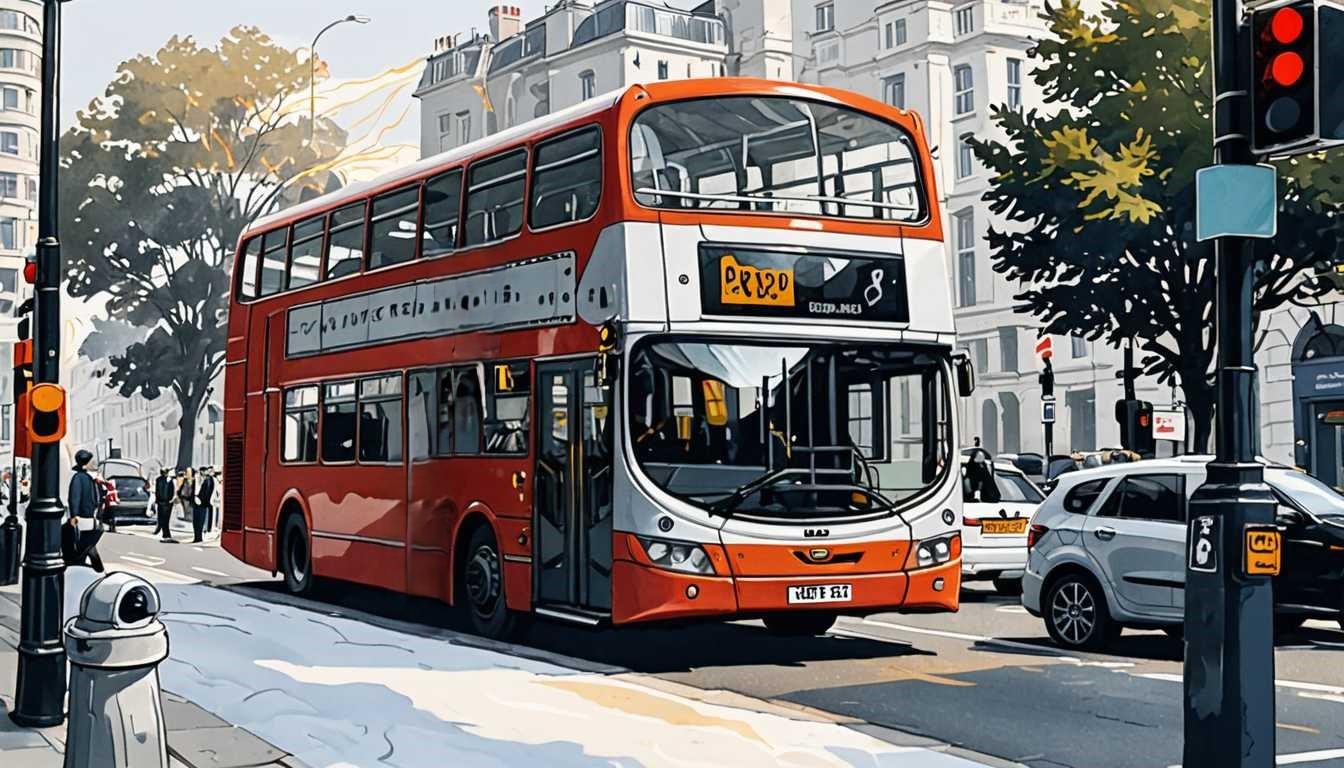Cities: Tomorrow's Economic Titans
March 2011
McKinsey & Company
Introduction
Imagine cities as giant magnets of money and dreams. According to McKinsey & Company, the world’s economic landscape is doing a thrilling somersault! By 2025, the spotlight shifts from the usual urban giants to 600 cities, many in developing countries, especially China, holding the reins of global GDP growth. This seismic shift isn’t just about who’s who in the economic arena; it’s about where the next wave of middle-class households will thrive and how companies can tap into these burgeoning markets. Dive into this riveting exploration of urban economic power and discover which cities are poised to become the new capitals of cash and opportunity.
READ FULL ARTICLEWhy It Matters
Discover how this topic shapes your world and future
Cities Shaping Tomorrow
The economic power of cities isn't just about numbers; it's about the future of how we live, work, and interact. As cities grow, they become hotbeds of innovation, culture, and social change. Understanding the dynamics of urban economic power means grappling with how we can make cities more livable, sustainable, and equitable. The shift towards middleweight cities in emerging markets as key economic players challenges the traditional focus on developed regions and megacities. This transformation has profound implications for everything from global marketing strategies to public policy, emphasizing the need for adaptable, informed, and sustainable approaches to urban development. For you, this topic isn't just academic—it's a window into the forces shaping the world you'll inherit and an invitation to be part of crafting solutions for the urban challenges ahead.
Speak like a Scholar
Urbanization
The process by which towns and cities are formed and become larger as more people begin living and working in central areas.
Megacities
Urban areas with a population of 10 million or more people.
Middleweight cities
Cities with populations between 150,000 and 10 million, often highlighted for their significant contributions to global economic growth.
GDP (Gross Domestic Product)
The total value of all goods and services produced over a specific time period within a country.
Sustainable development
Development that meets the needs of the present without compromising the ability of future generations to meet their own needs.
Purchasing power parity (PPP)
A method of measuring the relative purchasing power of different countries' currencies over the same types of goods and services, allowing for more accurate comparisons of living standards.
Independent Research Ideas
The role of middleweight cities in global economic growth
Investigating how cities with populations between 150,000 and 10 million are outpacing megacities in economic contributions.
Sustainable urban development in emerging markets
Analyzing strategies for sustainable growth in the new economic powerhouses of the developing world.
Data-driven urban planning
How big data and analytics are revolutionizing urban planning and policy-making in cities worldwide.
The impact of urbanization on social equity
Examining the effects of rapid urban growth on income distribution and social mobility within cities.
Green architecture in megacities
Exploring the role of sustainable design principles in the future development of urban giants.
Related Articles

Home Fixes Fight Philly's Gun Violence
December 2022
University of Pennsylvania

Where Leaders Are Made: University Impact
February 2024
London School of Economics (LSE)

Navigating Multinationals and Civil Society Interactions
November 2024
LSE Business Review

The New Tipping Etiquette: Unraveled
December 2023
Harvard University

BIDs: Boon or Bane for London?
February 2024
London School of Economics (LSE)